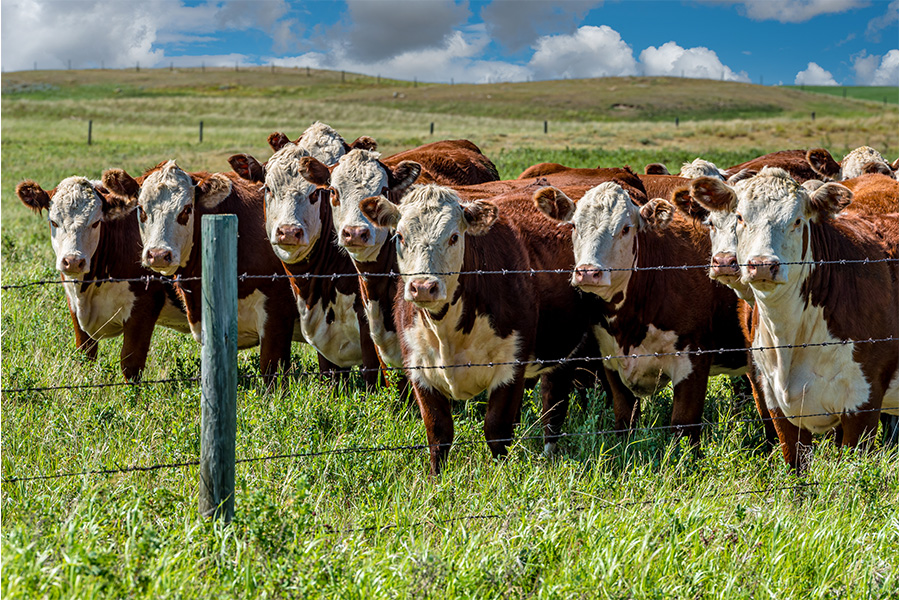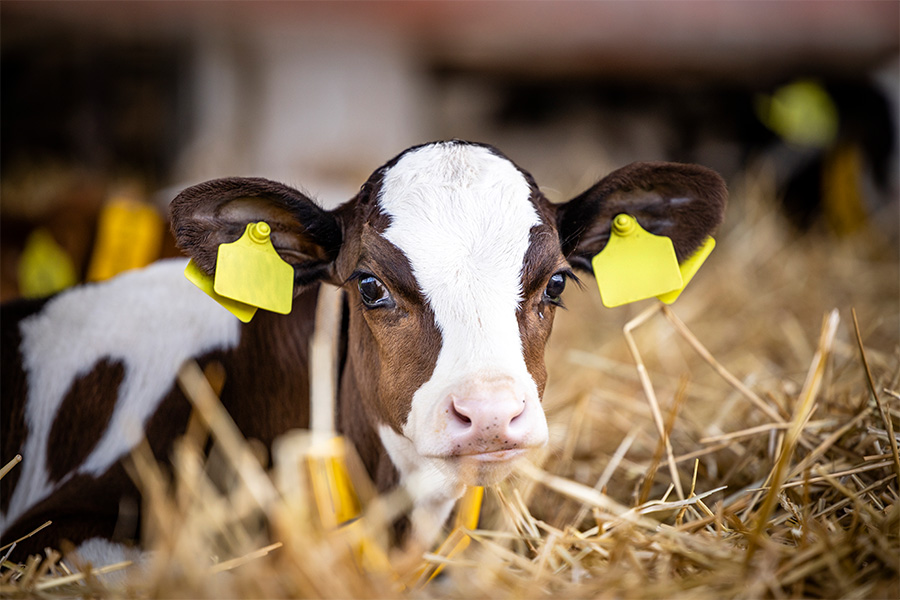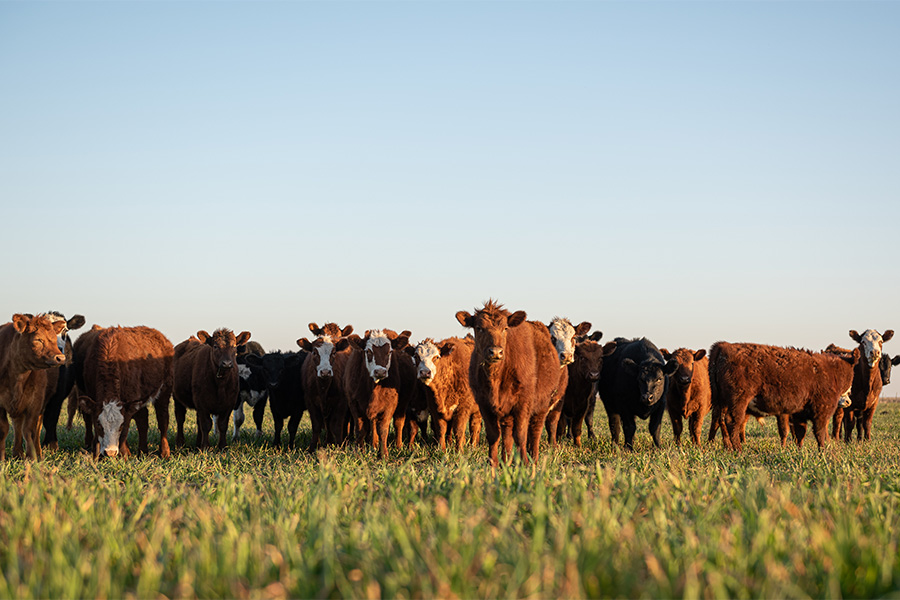Beef
-

Problem identification is the first step in establishing objectives and goals to improve reproductive management in a dairy herd. Management is determining what must be done and achieving results through the efforts of yourself and your employees. Use the following worksheet to evaluate herd reproductive performance and set goals to improve your breeding strategies. Then develop a tactical plan to achieve these goals using the second worksheet. List those involved on your management team and their responsibilities.
William Graves
|
-

Estrous (heat) synchronization in beef cattle involves manipulating the females’ estrous cycle so they can be bred at about the same time. The normal 21-day estrous cycle in beef cattle can be altered by following an effective estrous synchronization protocol. Numerous estrous synchronization protocols have been developed that use a combination of different drugs and products to alter hormonal changes in the female’s estrous cycle. Since different reproductive hormones are used in estrous synchronization, developing a basic understanding of several reproductive hormones is helpful for determining which protocol will work best for your herd.
Ted G. Dyer and William Graves
|
-

Profitable cattle marketing means producing the most profitable calf, selling through the most profitable market outlet and pricing at the most profitable time. Unfortunately, most cow-calf producers simply sell their calves. Marketing means choices on how or what to put on the market, where to market and when to price. The first step in becoming a cattle marketer is to recognize all your alternatives and evaluate each in light of potential cost and returns, selecting the most profitable rather than the most convenient alternative.
R. Curt Lacy and Carole Knight
|
-

Drought does not develop overnight but progressively over time. Proper management during a drought period can make or break a producer’s ability to stay in the cattle business. One main concern during a drought period is feeding and nutrition of the cow herd. Several problems could arise due to drought conditions. A good producer should stay alert for warning signs and avoid potentially damaging situations.
Carole Knight
|
-

Adjust rations for the dry matter (DM) content of each feed, especially when wet feeds, such as silage, are fed. Small changes in the DM content will change the nutrient profile of the ration. The potential results of not monitoring the DM content of wet feeds and adjusting rations accordingly are a combination of problems including decreased animal performance and feed efficiency and increased health problems and feed cost.
John K. Bernard
|
-

B 1161
Beef Management Calendar
This calendar contains a monthly listing of the common management practices needed for commercial beef herd production in Georgia. Some are recommended at a certain time of the year and others are recommended when calves are a certain age or at a certain point in their reproductive cycle.
Lawton Stewart and Ronald E. Silcox
|
-

Producers need to be aware of the impacts that manure can have on water and air quality. However, management of manure and other byproducts of livestock and poultry production has important impacts on farm profitability, neighbor relations and protecting soil and water quality.
This publication covers: Farm and Homestead Maps; Manure Storage and Treatment; Nutrient Budgeting with Nitrogen and Phosphorus; Land Application of Manure and Fertilizers; Grazing Land; Pesticide and Chemical Management for Water Quality; Mortality Management; Record Keeping; Coexisting with Neighbors; Emergency Action Plans; and other resources.
L. Mark Risse and Thomas M. Bass
|
-

Vaccines are an integral part of a comprehensive herd health program. When used in conjunction with other management tools, vaccines can reduce both the risk and impact of disease in beef cattle herds. Nevertheless, when used inappropriately, vaccines can be virtually useless and, in some cases, result in impaired productivity and significant economic losses.
William Graves
|
-

Understanding the concept of basis is a key element in developing a sound marketing plan. Basis refers to the relationship between a commodity’s cash price in a local market and its futures market price. A more formal definition of basis is the difference between the cash price and the futures price for the time, place and quality where delivery actually occurs. Even if a producer never uses the commodity futures market directly, knowledge of the basis can be of great value when making marketing decisions.
John C McKissick and R. Curt Lacy
|